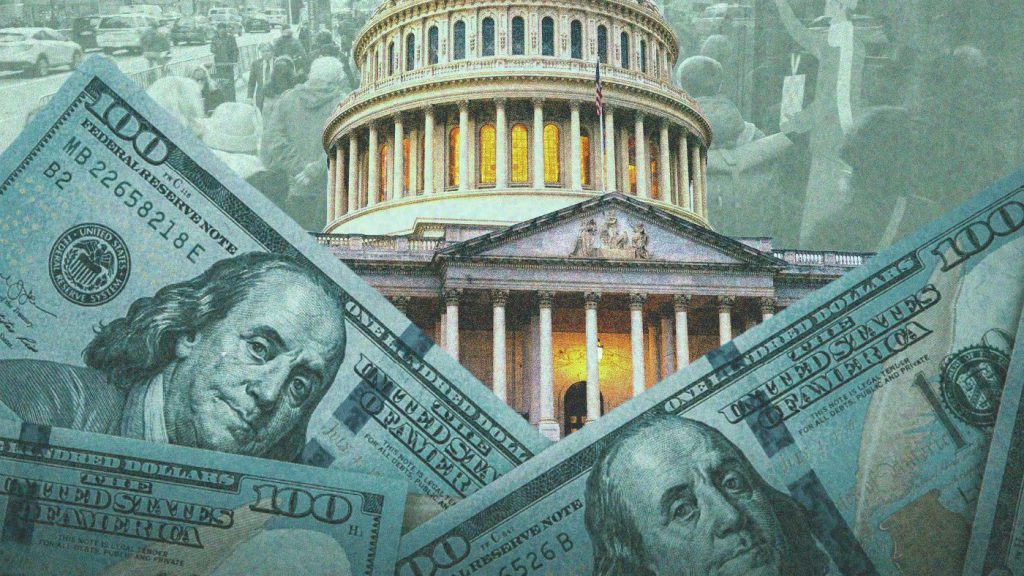The US debt ceiling has broken all records and has hit the $35 trillion mark. The aforementioned development intensifies the US economic woes, making the government make stark decisions to curb economic degradation. But with the US debt ceiling going off the rails, what does this development entail for the US dollar? Let’s find out.
Also Read: Richest Man in the World Says US At Risk Of Becoming Venezuela 2.0
US Debt Spirals Out Of Control: Is USD Dead?

The US dollar has lately been attracting several enemies. With the BRICS and ASEAN nations pounding on it, the currency is now inching towards an early demise. Its status as the global reserve currency is now being threatened as BRICS nations continue to work towards forming a new currency system.
As per the latest happening, the US debt ceiling has gone off the bracket. The US debt has hit a record $35 trillion mark, which is casting doubts on the US economic perspective.
Per the Kobeissi Letter, since 2020, the US has added nearly $12 trillion in federal debt. Moreover, the nation has been adding nearly $280 billion worth of debt every month since 2020, inflating the metric to record unprecedented highs.
To put it simply, the portal emphasized how this development is similar to each US citizen having $105,000 in debt in the country.
“Breaking: Total US federal debt has officially hit $35 trillion for the first time in history. Since 2020, the US has now added ~$12 trillion in federal debt. In other words, the US has added an average of ~$280 billion of federal debt every month since January 2020. This means that the US now has ~$105,000 in federal debt for every person living in the country. All while deficit spending as a percentage of GDP is currently at World War II levels. How can this possibly end well?”
The US Inflating Debt Scenario: Impact on the US Dollar?
The US dollar is currently standing on a very lethal threshold. With the inflating US debt numbers, the purchasing value of the dollar can decline, resulting in an intensification of inflation in the region. At the same time, higher rates might be introduced to manage the debt ceiling, which again may impact the credibility of the dollar by slowing US economic growth.
Similarly, rising US debt metrics can significantly reduce consumer confidence in the US dollar. This can significantly impact the nation’s international trade prospects as well as threaten the USD’s reputation as a global reserve currency.
Also Read: Low-Risk Cryptocurrency Under $0.01 That Can Outperform Shiba Inu
Apart from the mainstream issues, the rising debt ceiling will burden the government with spending less. This may trigger a potential deficiency in various sectors where regular funding and finance are imperative to sustain the sector. This may weaken realms such as Medicare, military salaries, and so on, and compel the authorities to manage operations within a tight budget.














